At the Grafenwoehr training center in Germany, US soldiers tested a small UAV capable of dropping M67 grenades. Images released by the US Army show the quadcopter UAV approaching a simulated target and dropping fragmentation rounds from above. This is the first time a grenade-dropping UAV has been publicly demonstrated in US military training.
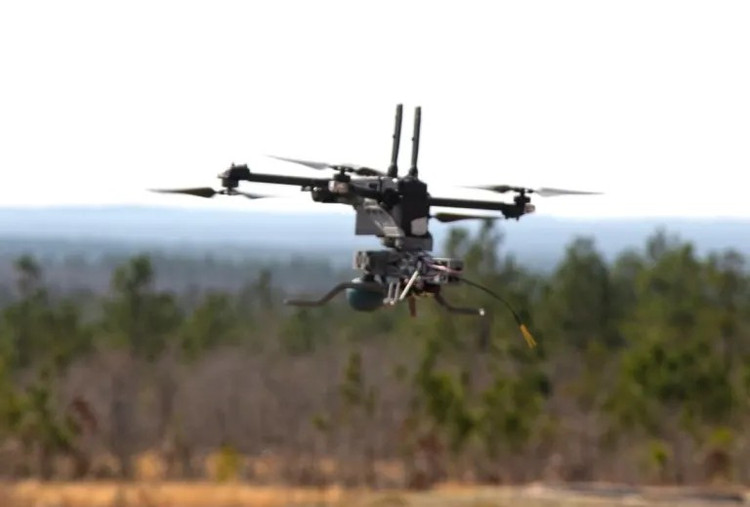
The device used in the exercise was a small civilian UAV equipped with a mechanical grenade release mechanism. Specifically, the grenade's safety pin was pulled by a remote-controlled lever, then the grenade was dropped onto the target. The M67 grenade is the standard explosive fragmentation ammunition in the equipment of the US infantry force.
During the test, the UAV flew at low altitude, approached a fixed target and dropped grenades with relative accuracy. The operations were remotely controlled by soldiers under standard weather and training terrain conditions.
According to information from the responsible force, the purpose of the test is to evaluate the ability to integrate compact UAVs into close-range combat operations, especially in urban environments or areas with complex terrain. UAVs capable of carrying and dropping light weapons are considered an effective support solution for reconnaissance missions, suppressing targets or neutralizing entrenched positions.
The UAV structure used in the test is similar to commercial drone models, with a lightweight frame, single propeller, front camera and remote control device. The addition of the bullet release mechanism does not change the weight or maneuverability of the device much.
The grenade is securely attached to the UAV's body by a cradle, with a safety mechanism to prevent accidental activation. Once in position, the operator activates a lever to pull the pin, then opens the holding mechanism to drop the grenade onto the target.
After the US Army posted information about the test, many comments mocked the content of the post, pointing out that the capabilities the US Army boasted in the video were not new.
"'Have you ever seen a drone drop a grenade?' the US Army asked excitedly. I remember the Islamic State (IS) doing it since about 2017, and now many others have adopted it. Sorry, but where have you been?'" wrote David Hambling, a military commentator for Forbes magazine.
"The video shows that the US Army is still progressing at the same pace, even though armed drones have become a familiar weapon in conflicts around the world ," said War Zone writer Joseph Trevithick.
OSINTtechnical, a military information account with one million followers, expressed concern that it took the US more than three years to begin familiarizing itself with the tactics used by the Ukrainian military just days after the conflict broke out.
"No one uses drones to drop M67 grenades anymore. Most Ukrainian units now use custom-designed munitions, such as VOG grenades with stabilized wings," OSINTtechnical said.
Will Schryver, an X account that specializes in commenting on geopolitical situations, sarcastically said that the US army has just introduced "super technology taken from aliens".
The US Army's post about the new UAV model was also removed from platforms in the face of critical comments.
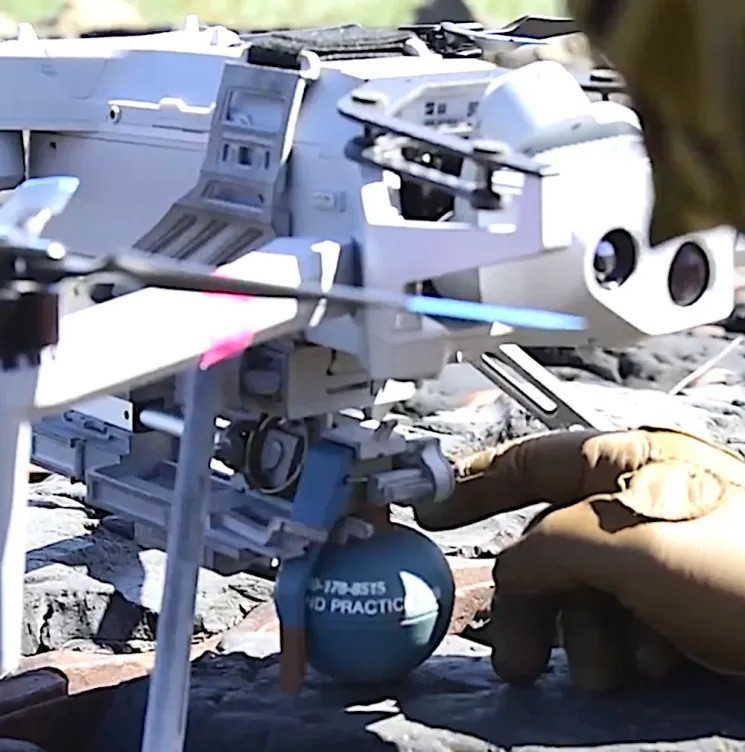
The US military has not yet confirmed plans to officially deploy this type of UAV in combat units. However, according to related training documents, this is part of an effort to evaluate solutions that can be integrated into small-scale tactical operations, to increase efficiency and reduce risk to soldiers.
In addition to the ability to drop grenades, the US Army is also testing many other forms of using small UAVs such as carrying sensor equipment, transmitting real-time images or supporting navigation in non-GPS combat environments.
Many other countries and armed forces around the world have used small UAVs with similar functions in conflicts. The US Army's public testing of the ability to drop grenades using UAVs shows a new direction in adjusting tactics to suit the characteristics of the modern battlefield.
In official documents, the US Army emphasized flexibility, low cost and rapid training capabilities as important factors when considering integrating small UAVs into combat. Further testing is expected to continue at many training centers at home and abroad to evaluate different technical variations.
Source: https://khoahocdoisong.vn/quan-doi-my-bi-be-mat-khi-thu-nghiem-uav-tha-luu-dan-tai-duc-post1556918.html




![[Photo] Visit Hung Yen to admire the "wooden masterpiece" pagoda in the heart of the Northern Delta](/_next/image?url=https%3A%2F%2Fvphoto.vietnam.vn%2Fthumb%2F1200x675%2Fvietnam%2Fresource%2FIMAGE%2F2025%2F11%2F21%2F1763716446000_a1-bnd-8471-1769-jpg.webp&w=3840&q=75)
![[Photo] President Luong Cuong receives Speaker of the Korean National Assembly Woo Won Shik](/_next/image?url=https%3A%2F%2Fvphoto.vietnam.vn%2Fthumb%2F1200x675%2Fvietnam%2Fresource%2FIMAGE%2F2025%2F11%2F21%2F1763720046458_ndo_br_1-jpg.webp&w=3840&q=75)
![[Photo] National Assembly Chairman Tran Thanh Man holds talks with President of the Senate of the Czech Republic Milos Vystrcil](/_next/image?url=https%3A%2F%2Fvphoto.vietnam.vn%2Fthumb%2F1200x675%2Fvietnam%2Fresource%2FIMAGE%2F2025%2F11%2F21%2F1763715853195_ndo_br_bnd-6440-jpg.webp&w=3840&q=75)
![[Photo] General Secretary To Lam receives President of the Senate of the Czech Republic Milos Vystrcil](/_next/image?url=https%3A%2F%2Fvphoto.vietnam.vn%2Fthumb%2F1200x675%2Fvietnam%2Fresource%2FIMAGE%2F2025%2F11%2F21%2F1763723946294_ndo_br_1-8401-jpg.webp&w=3840&q=75)
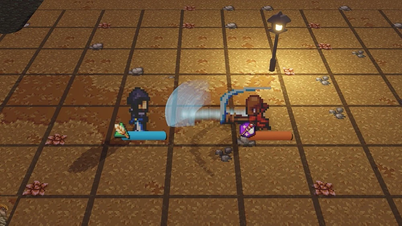












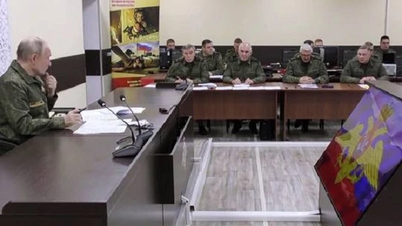
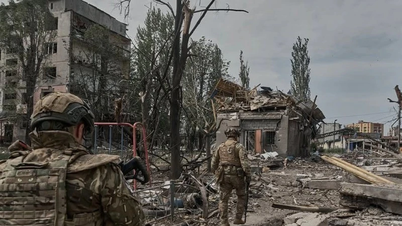











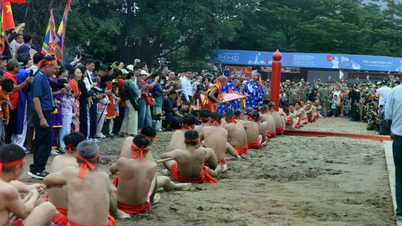













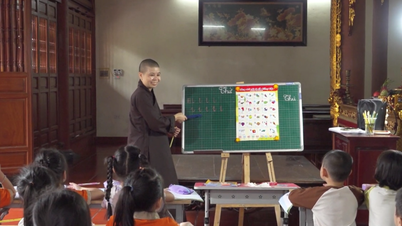

















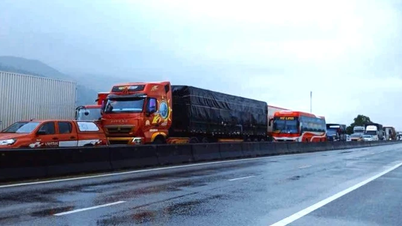


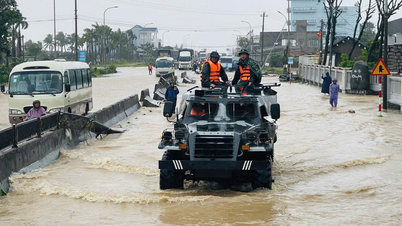
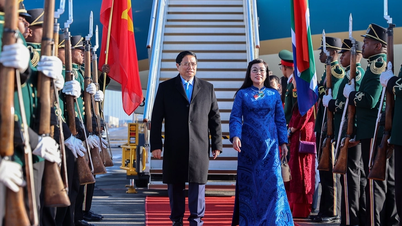





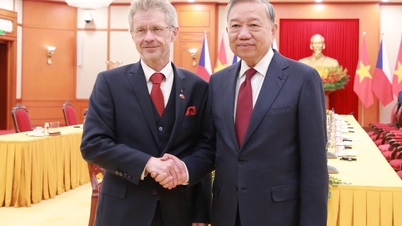
















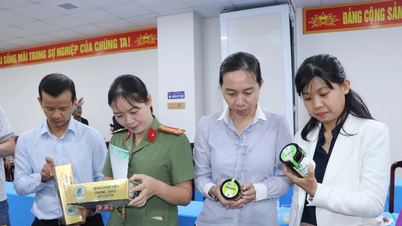













Comment (0)